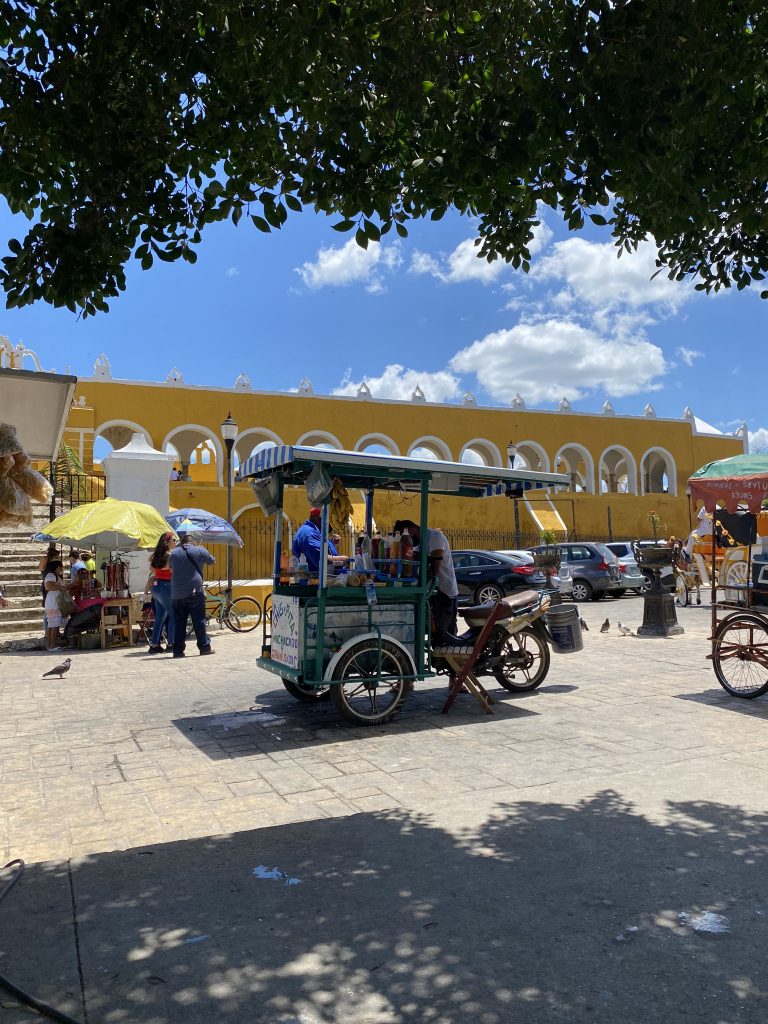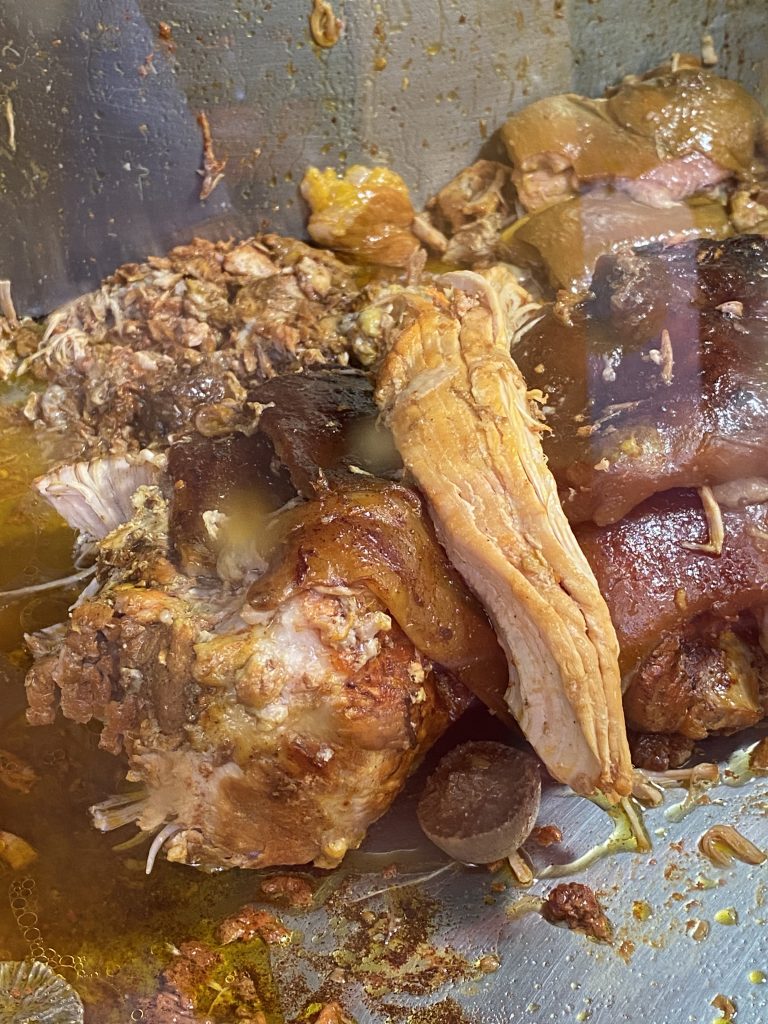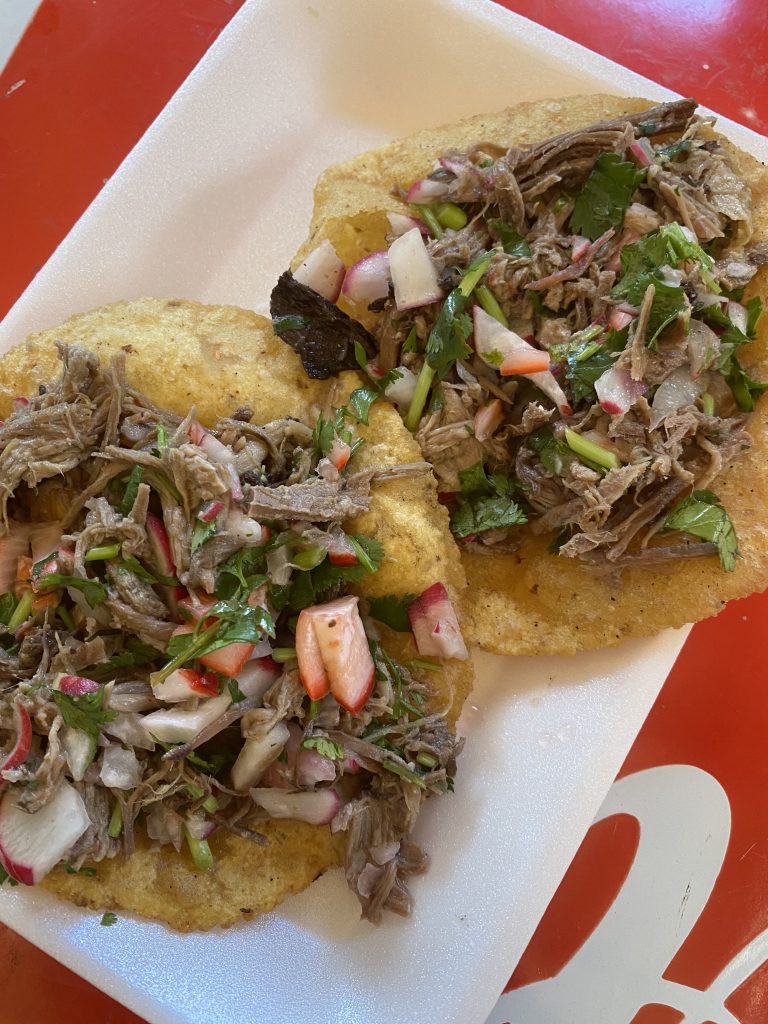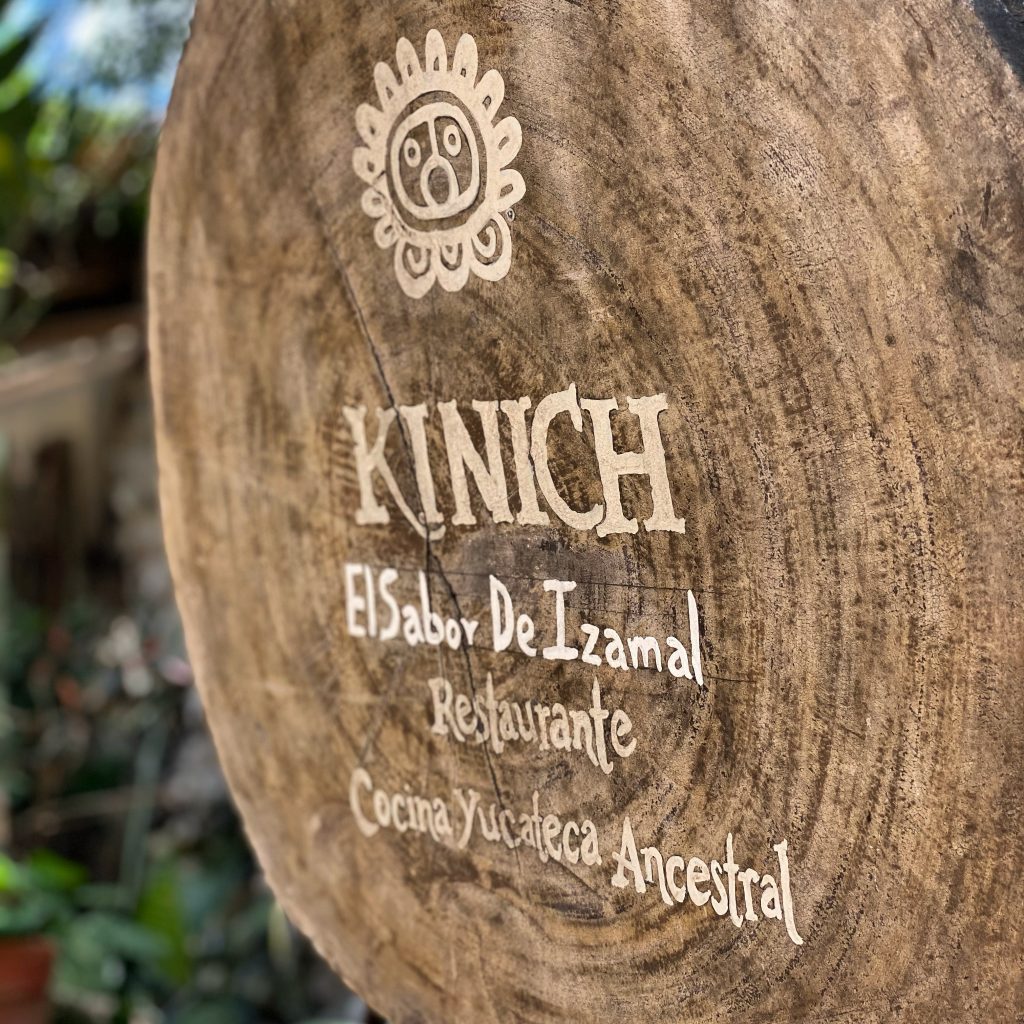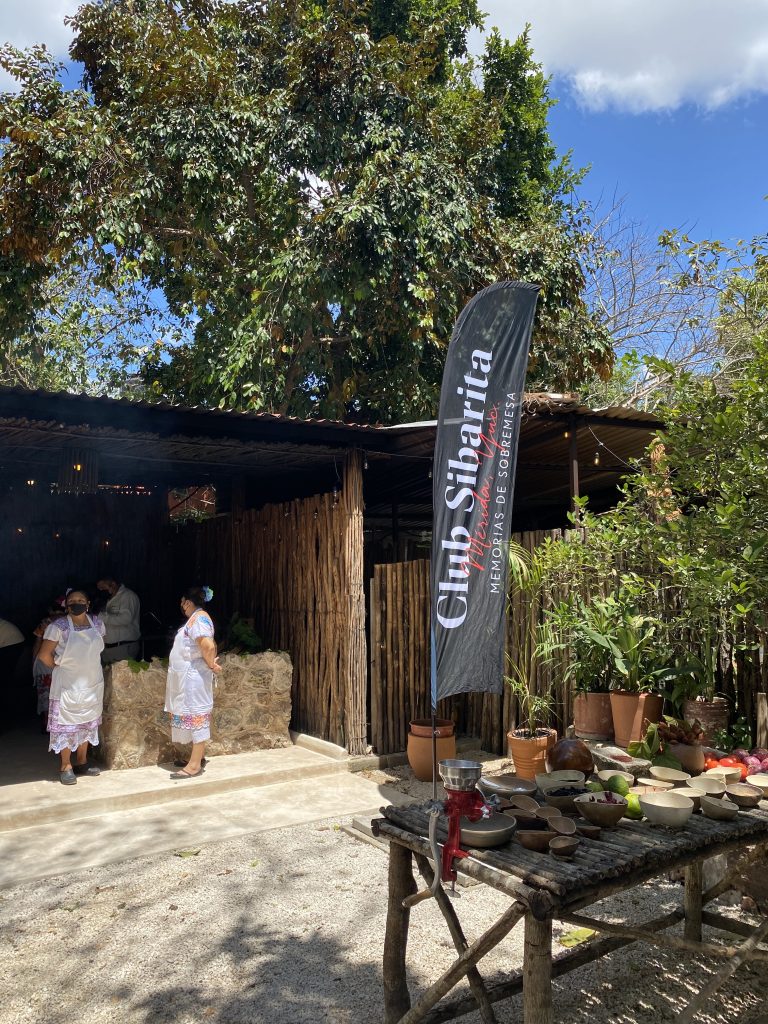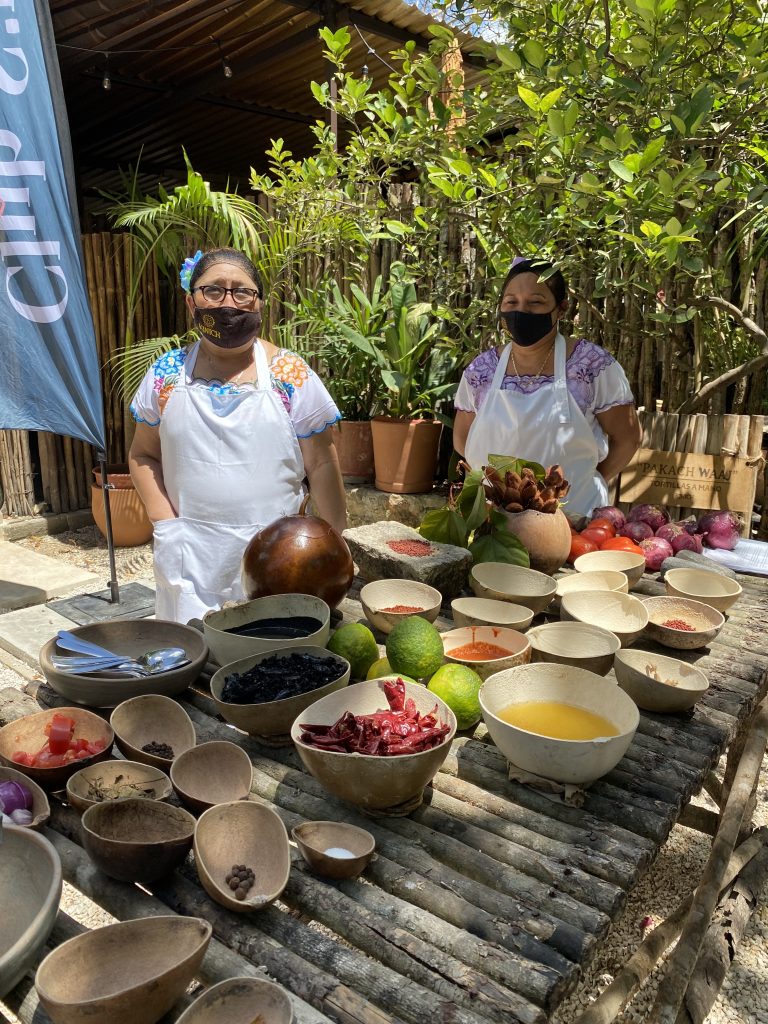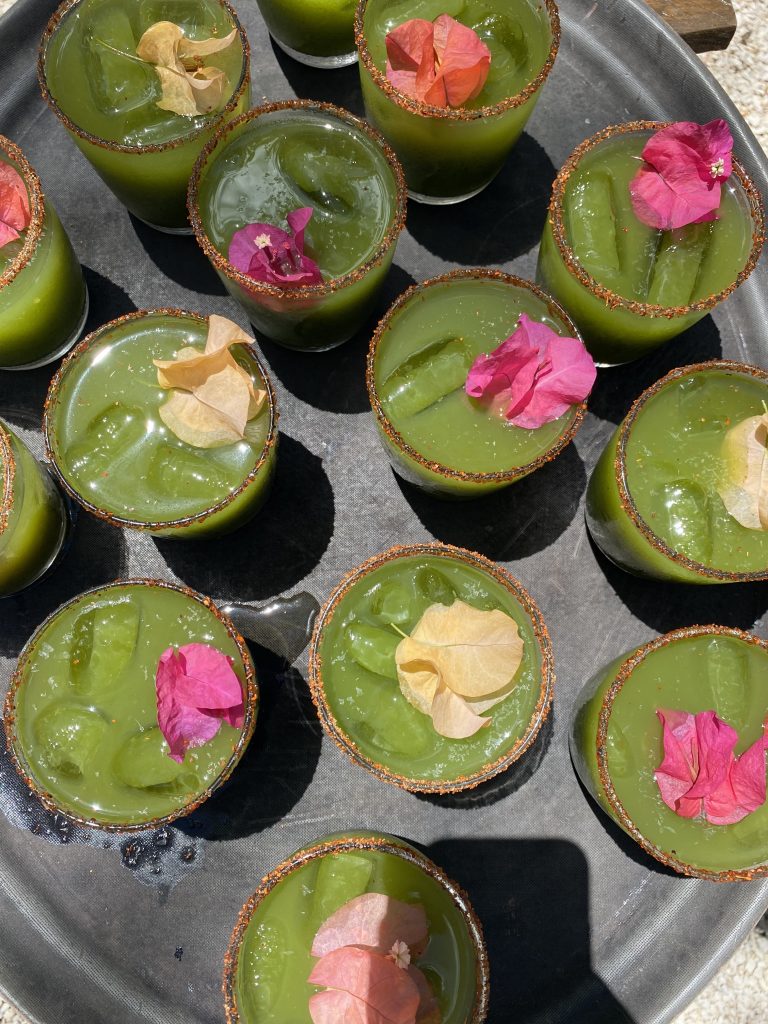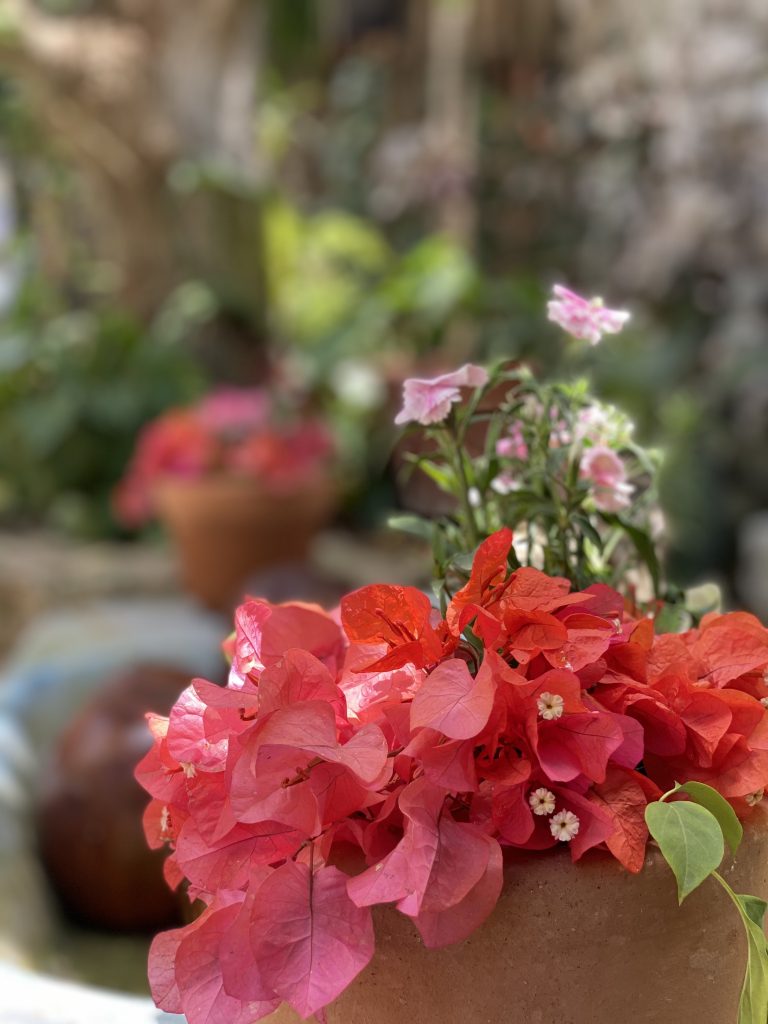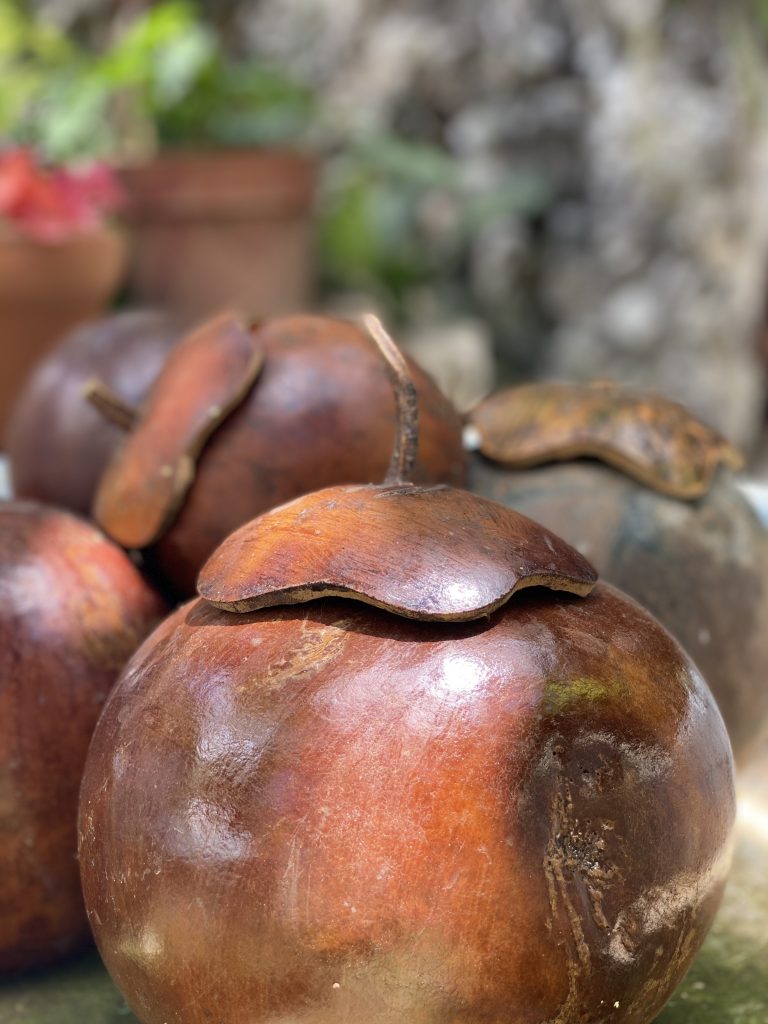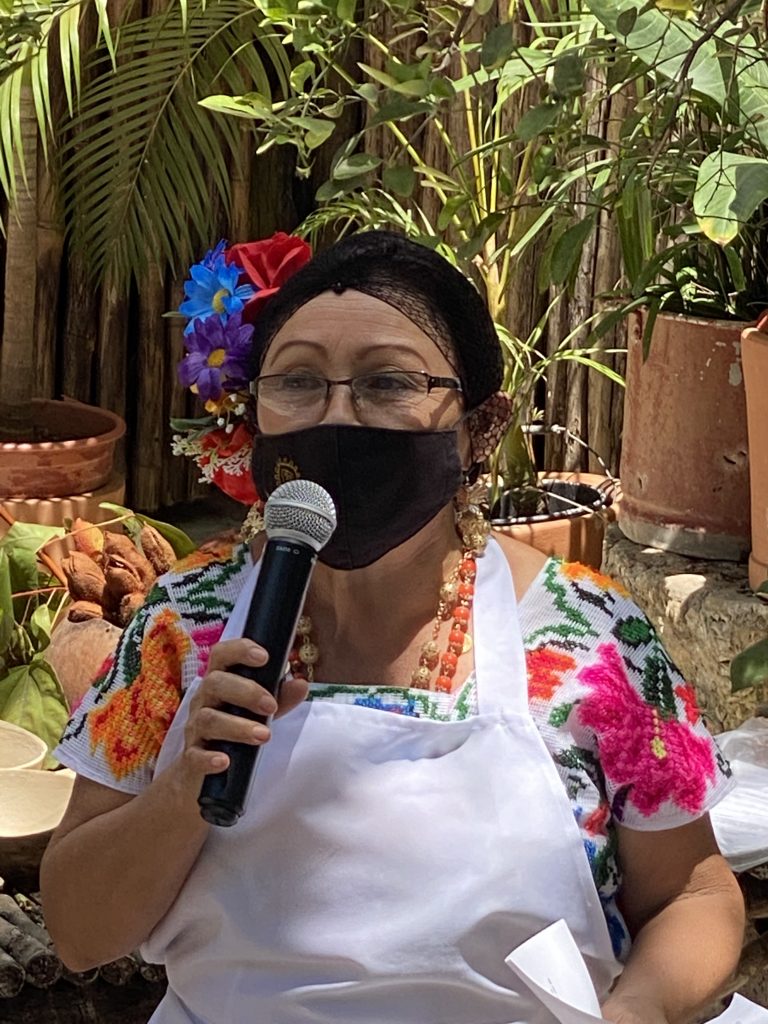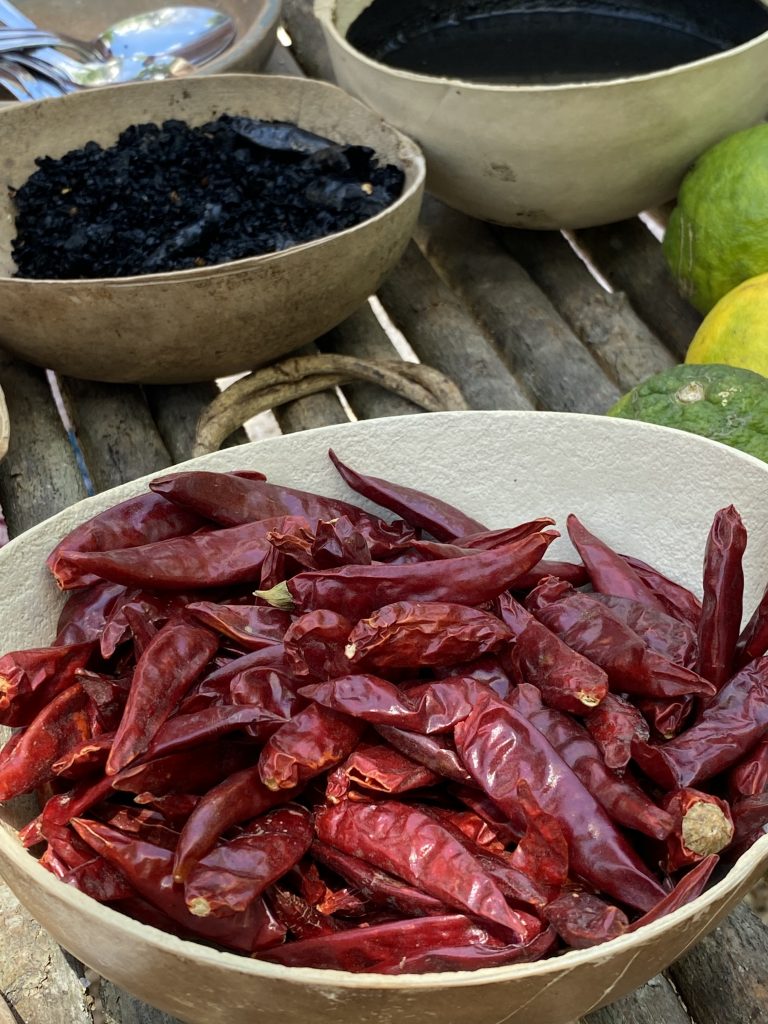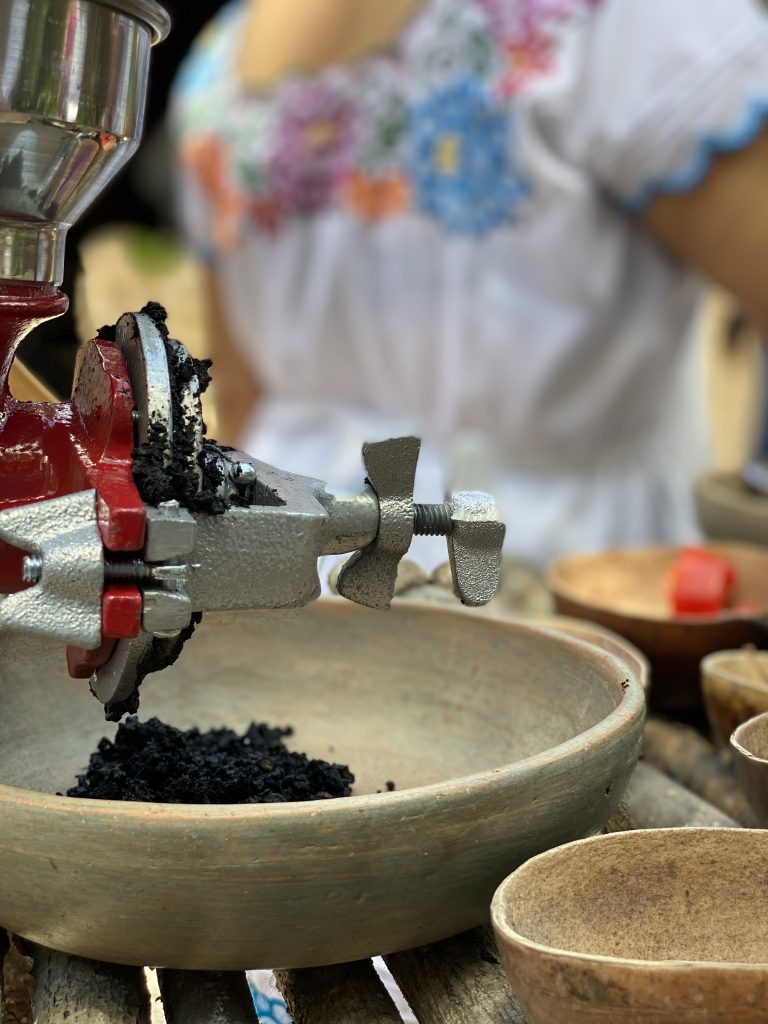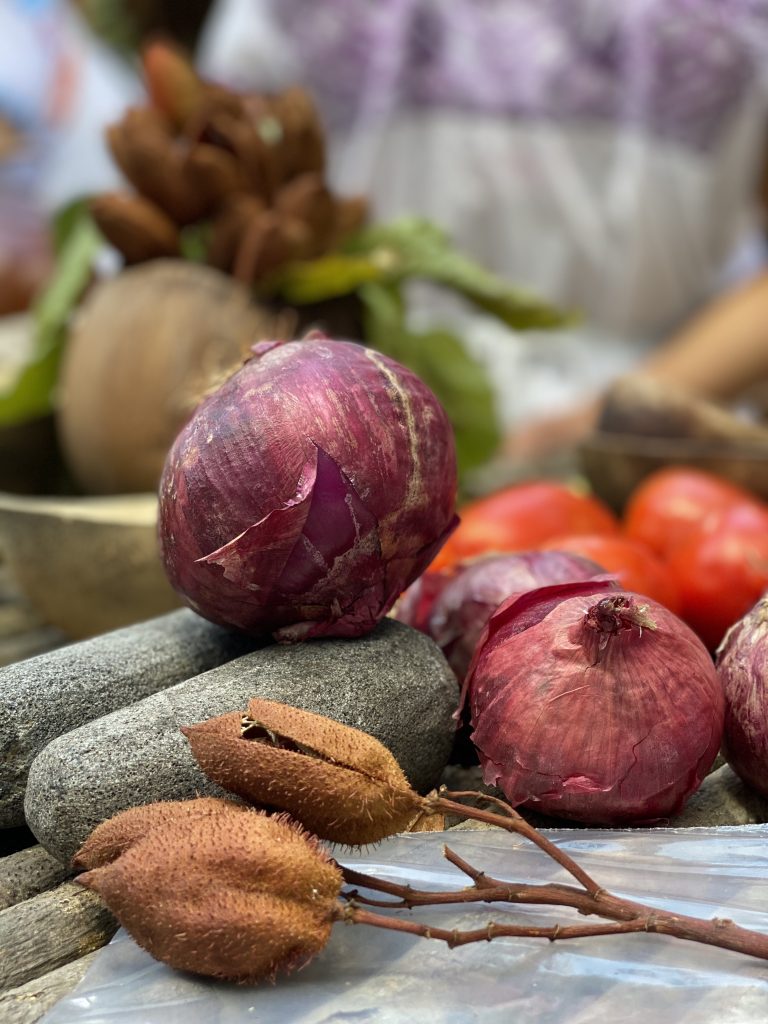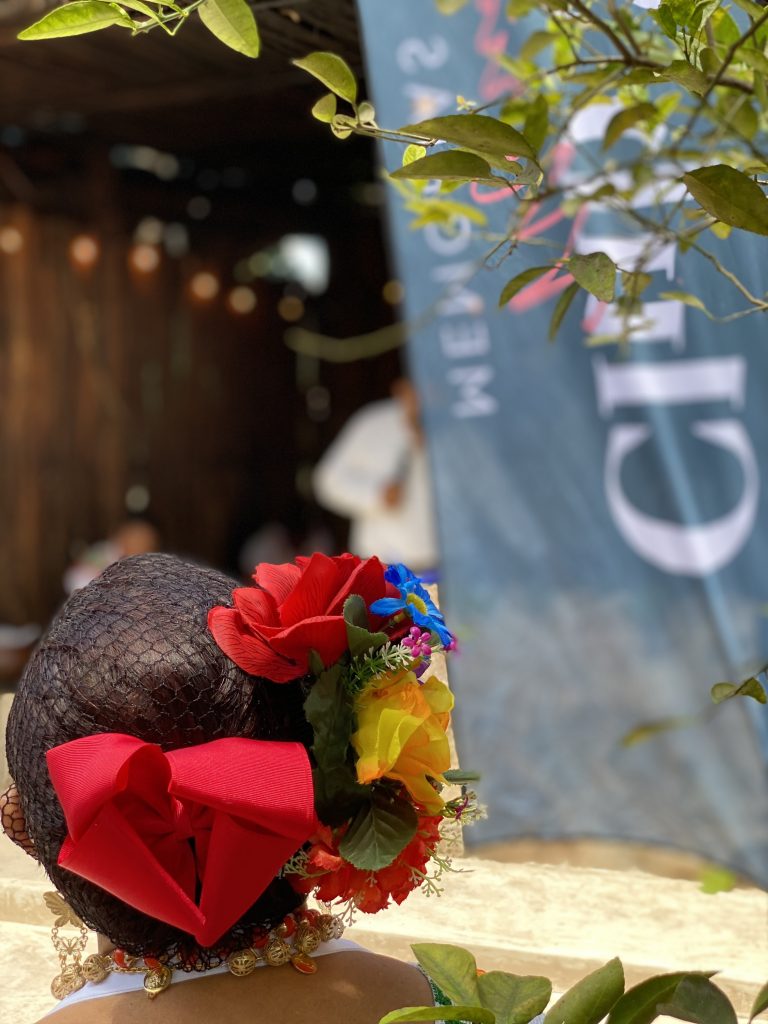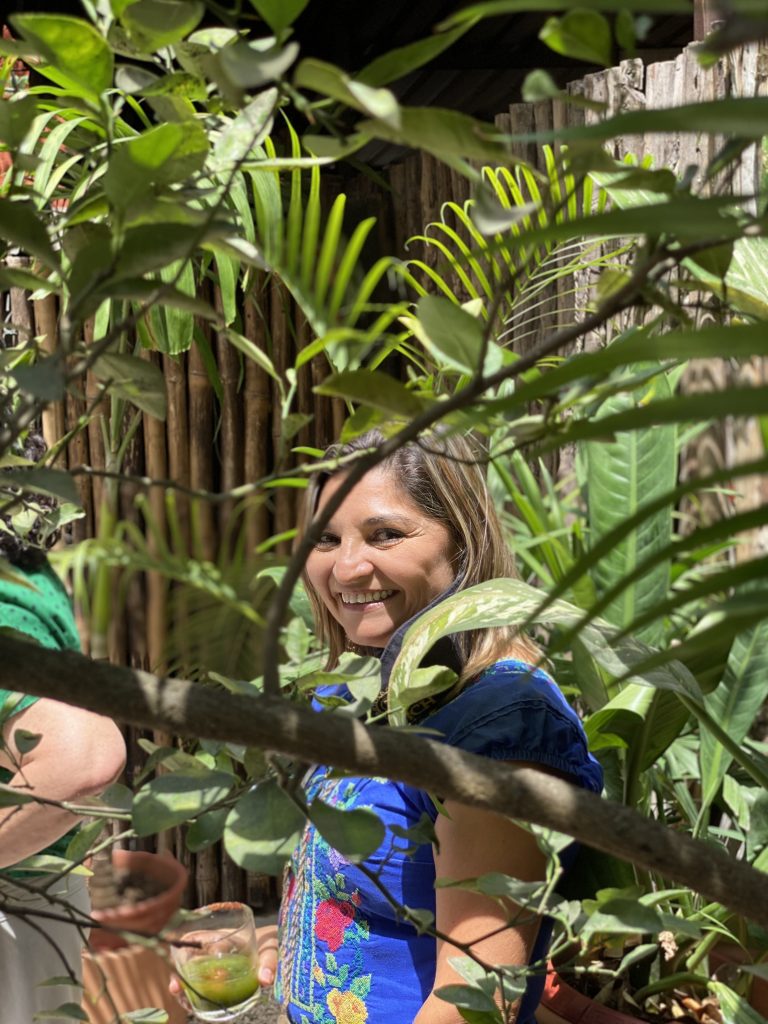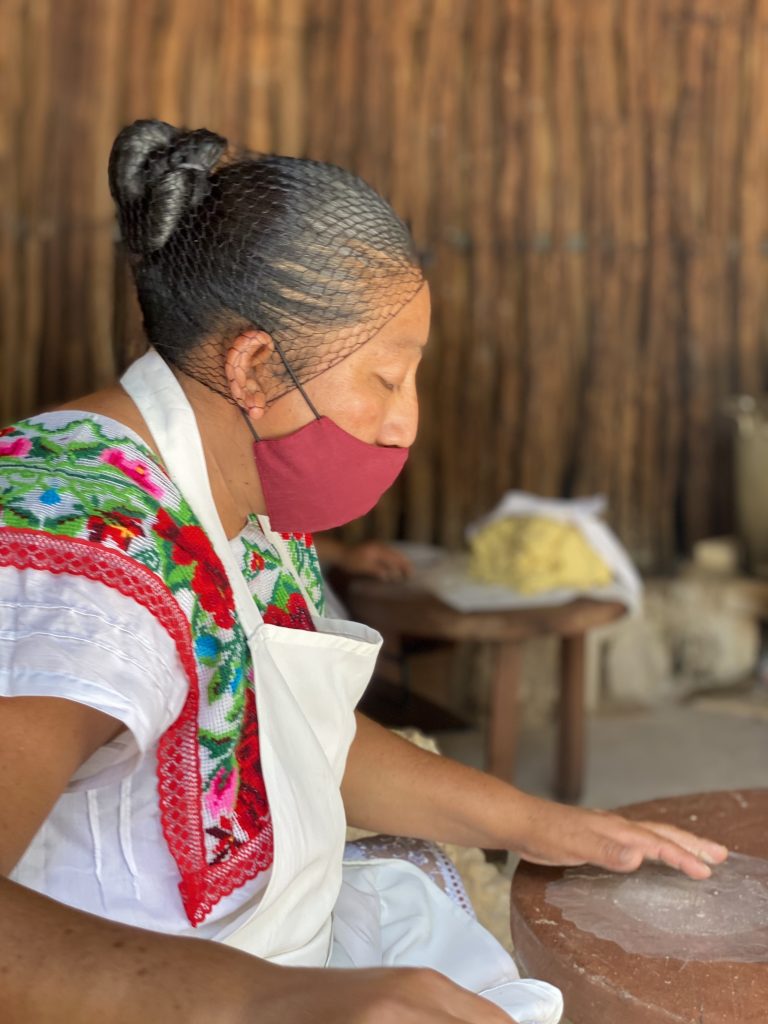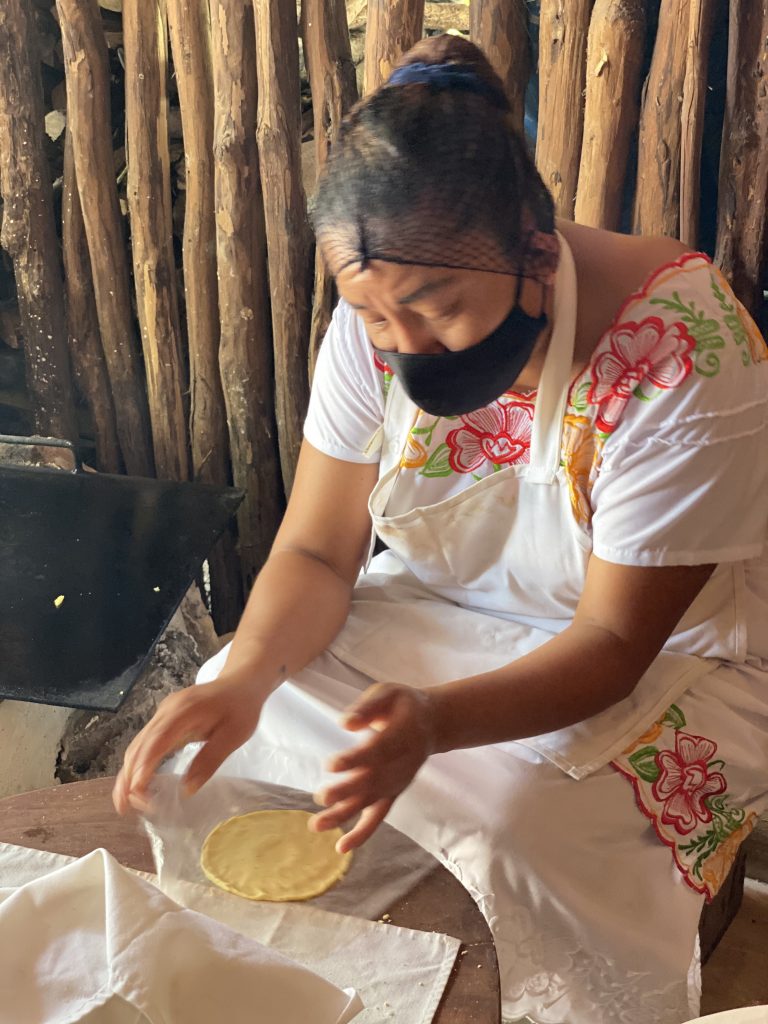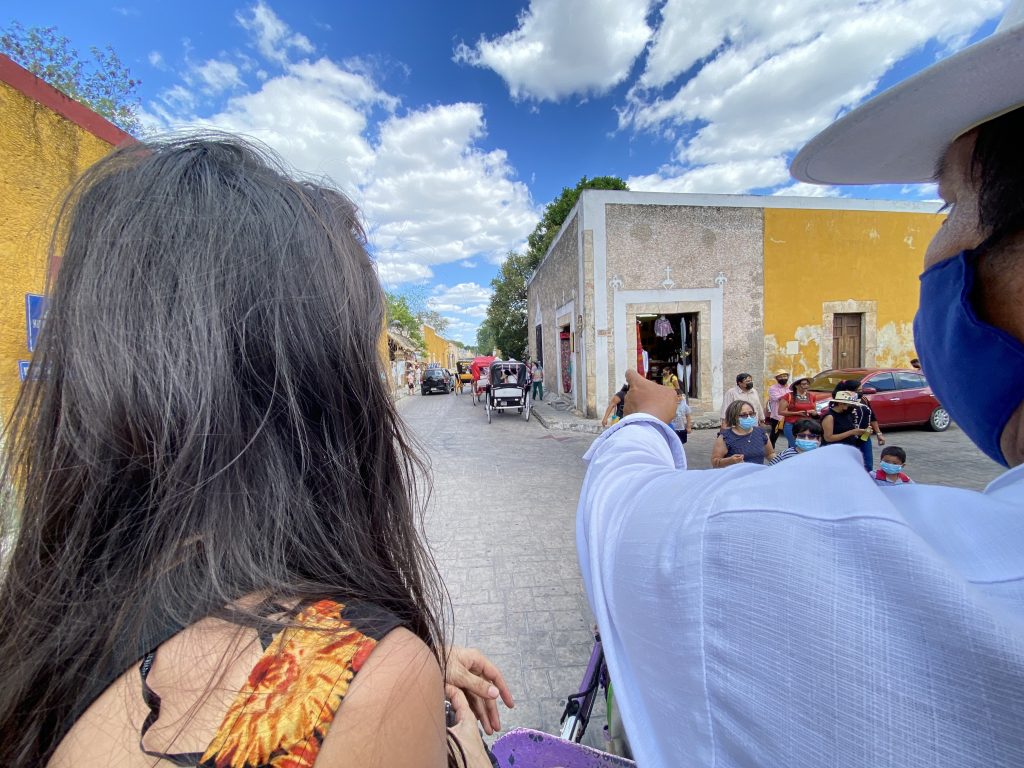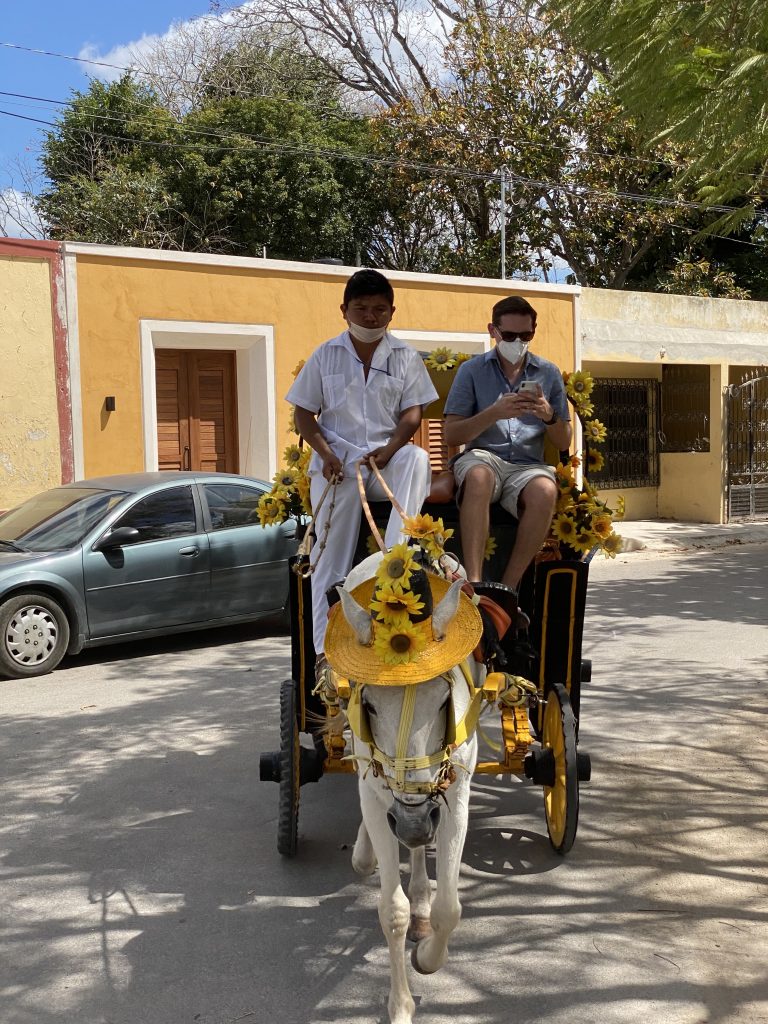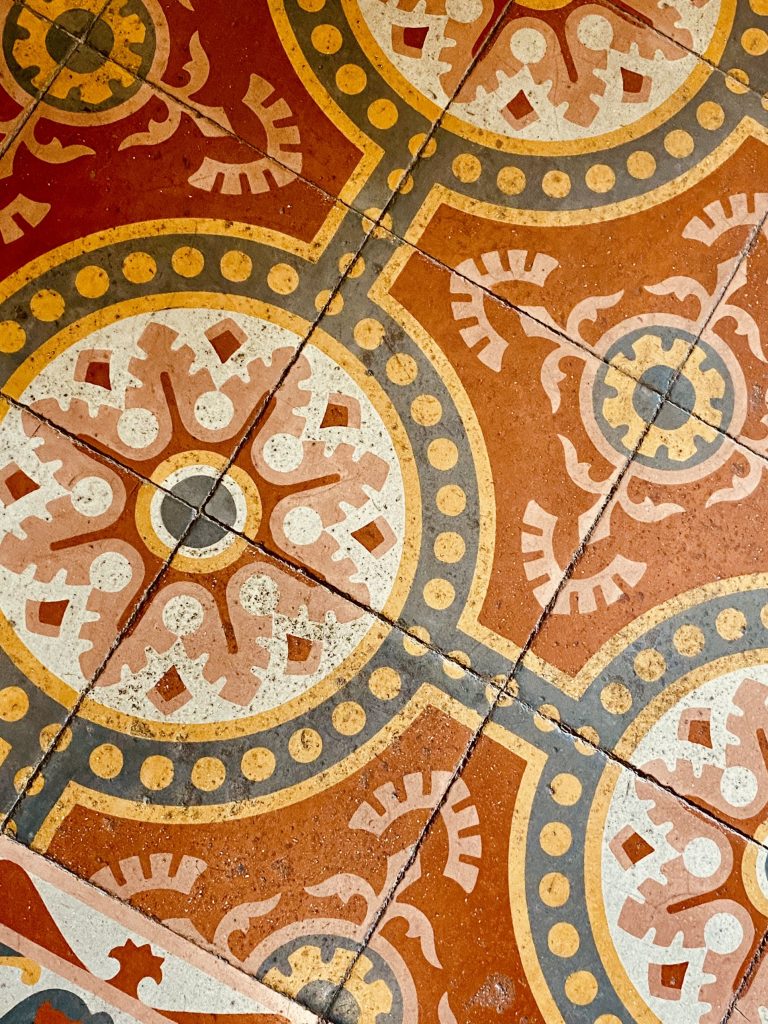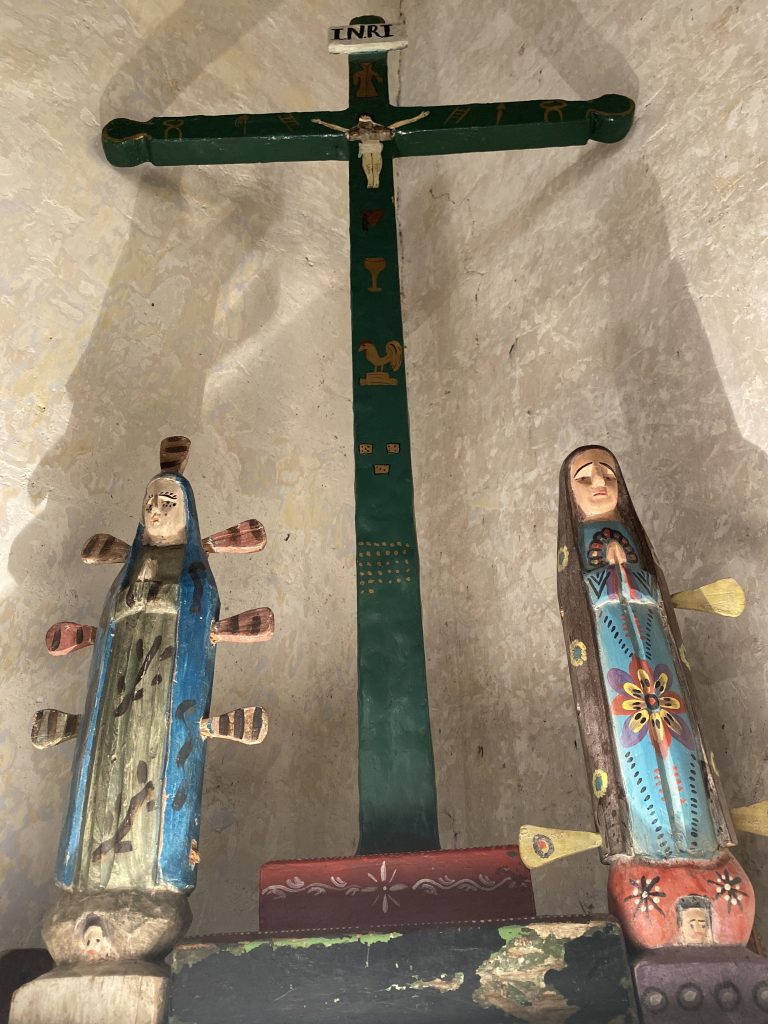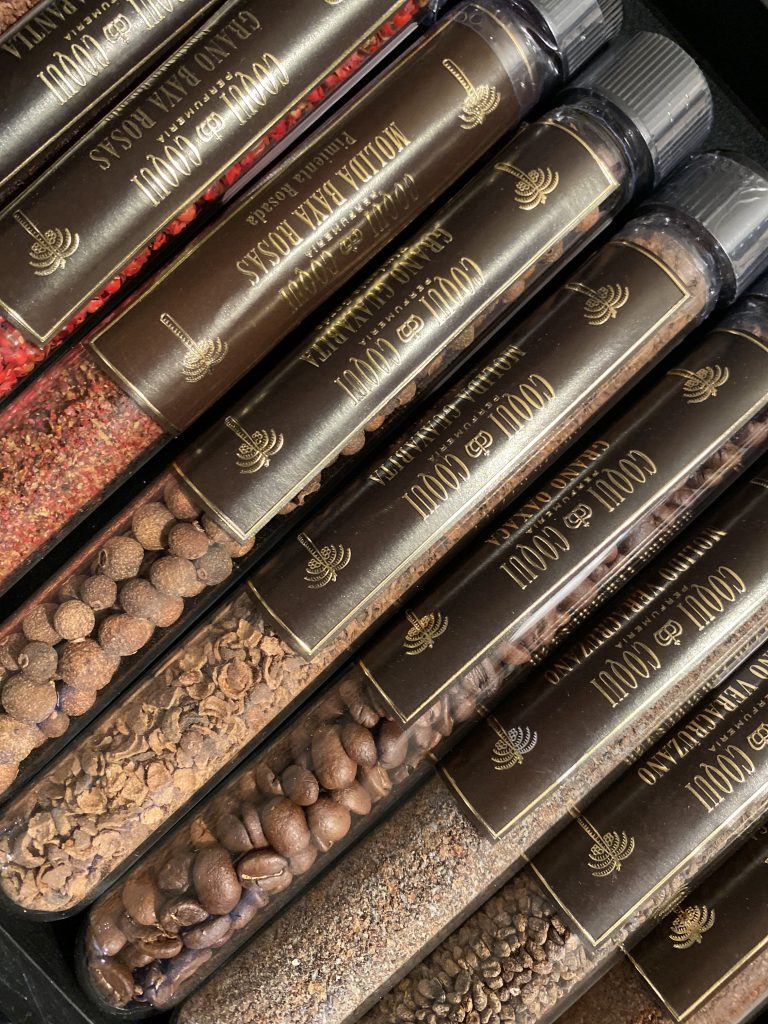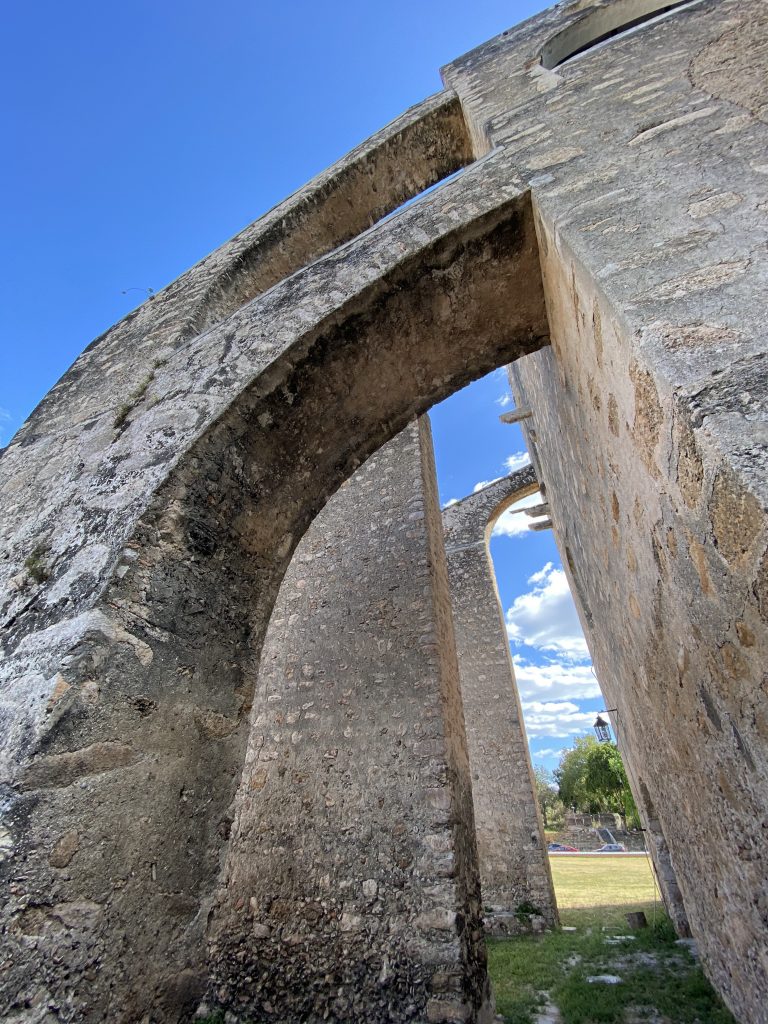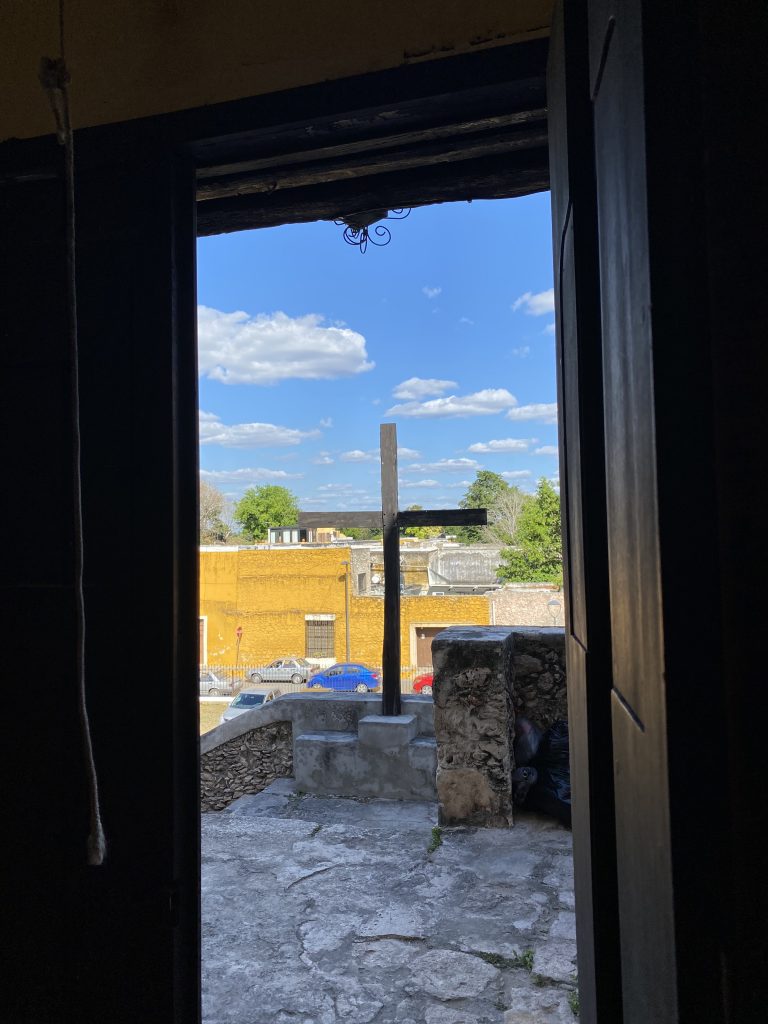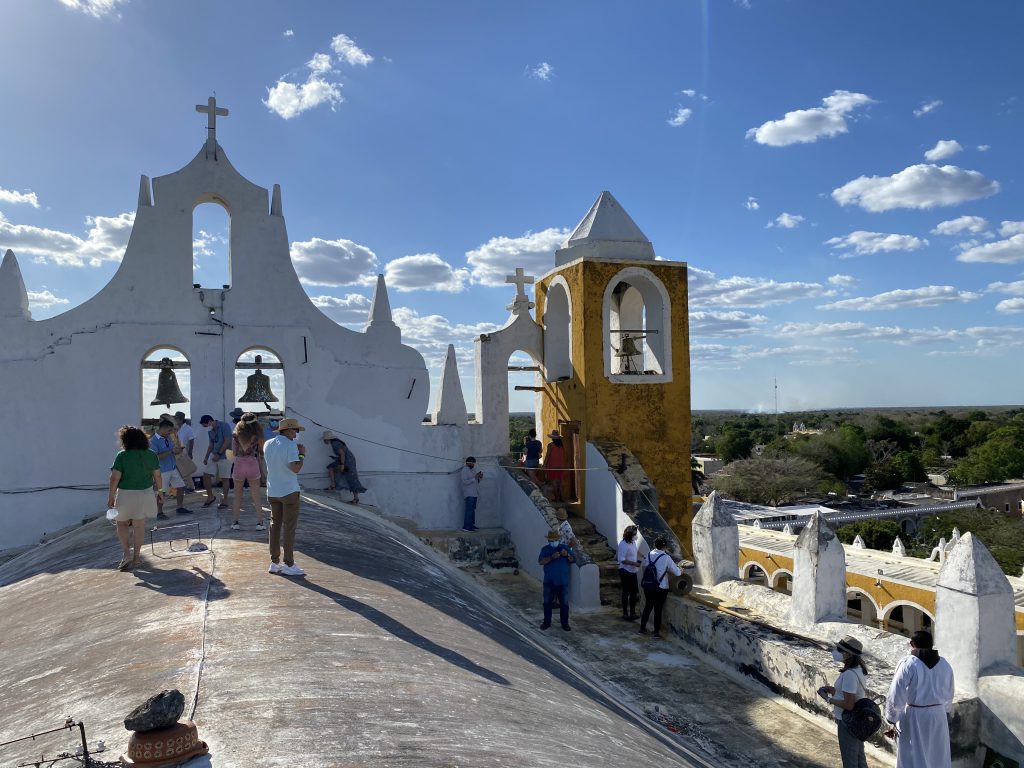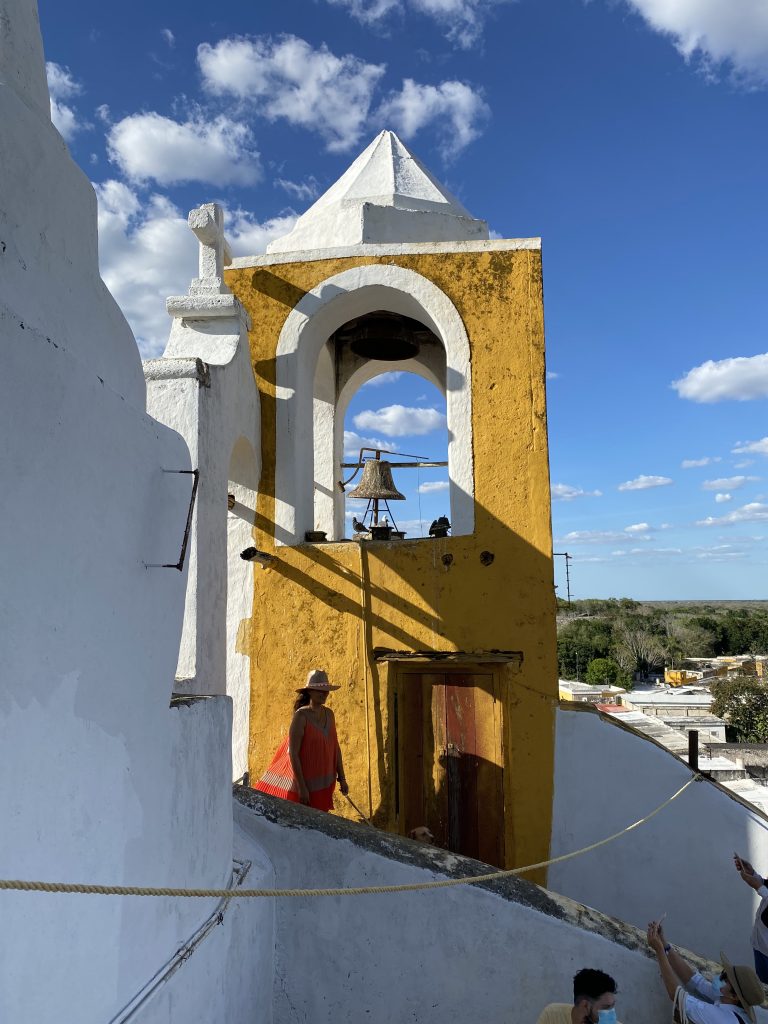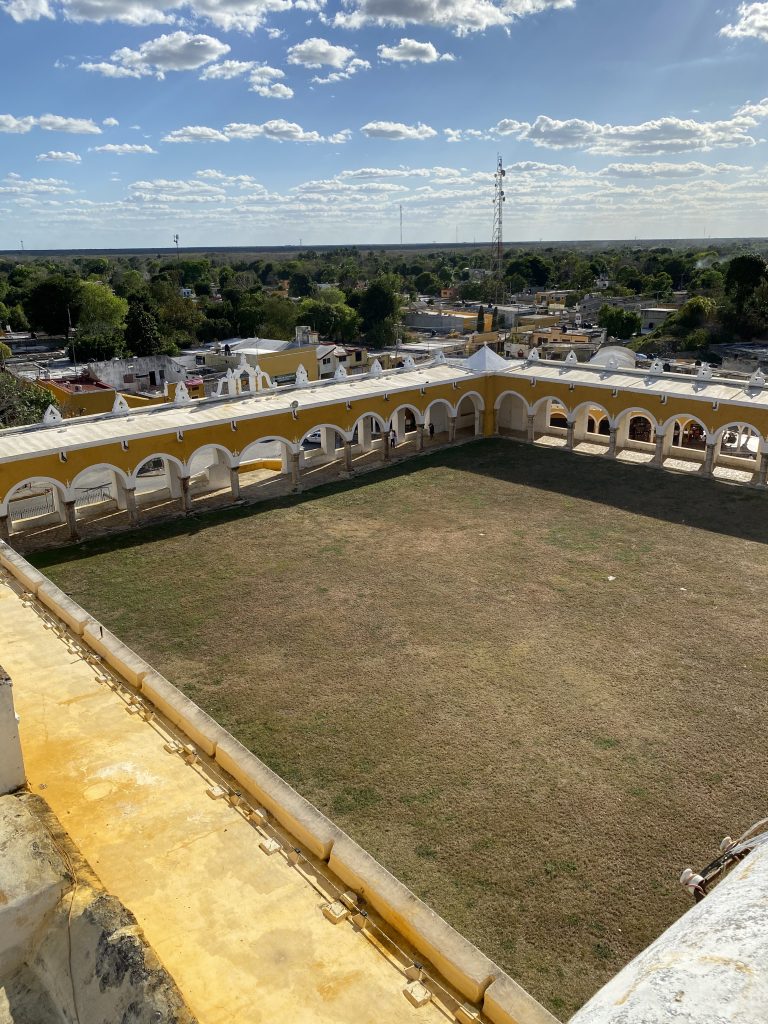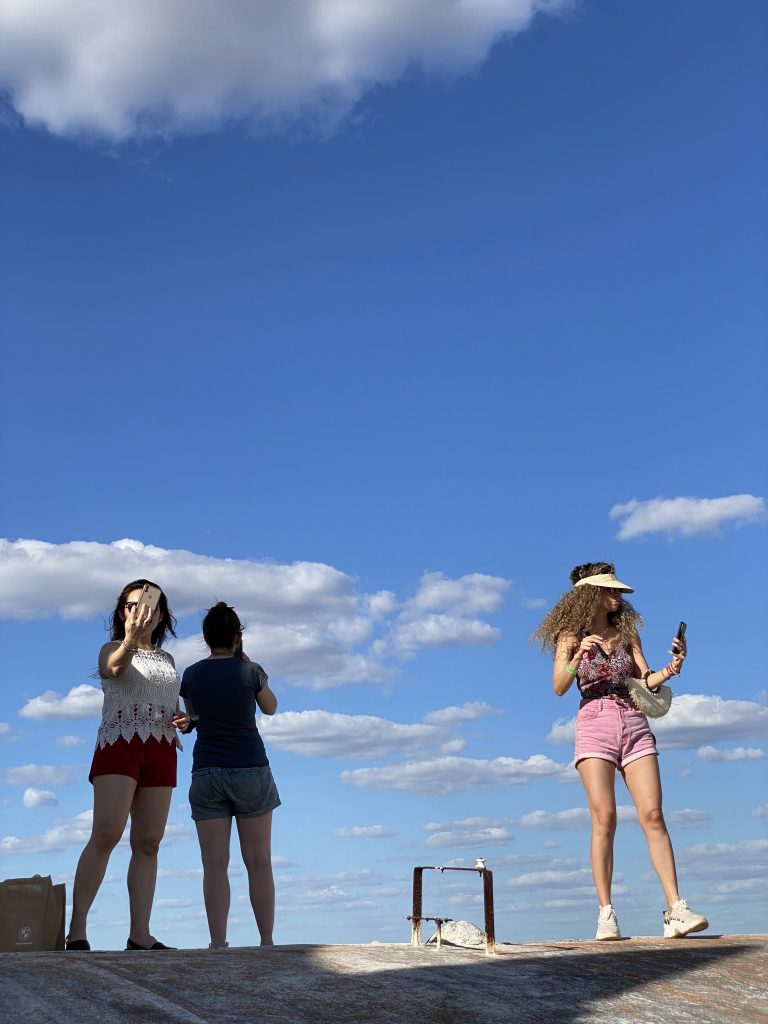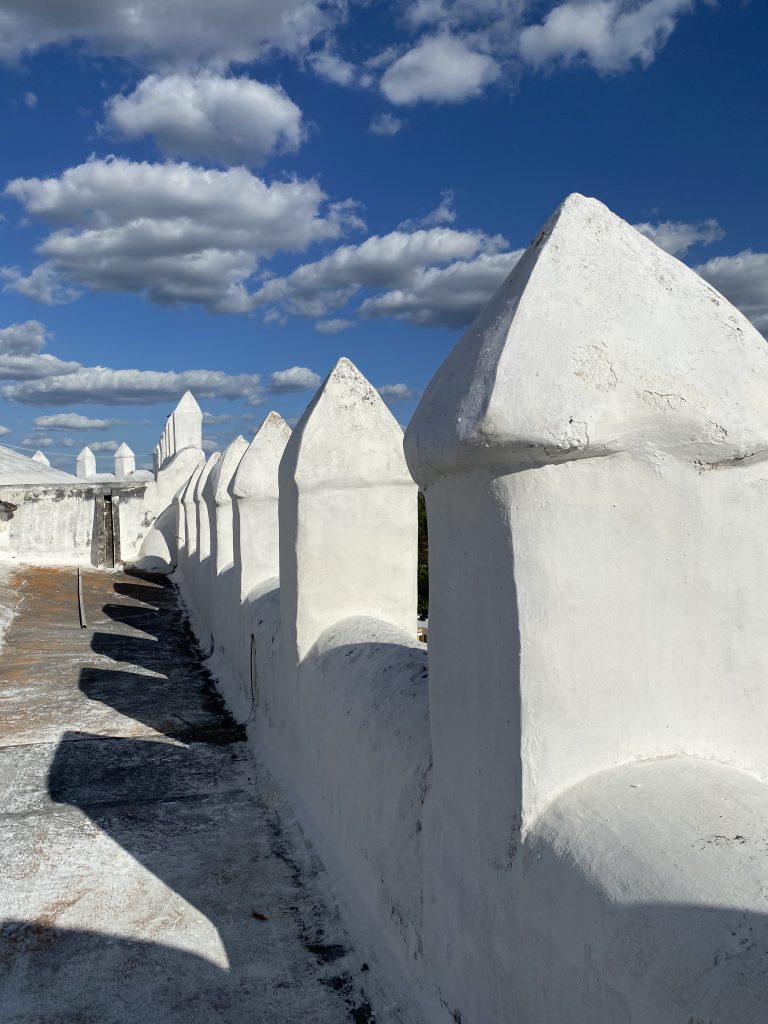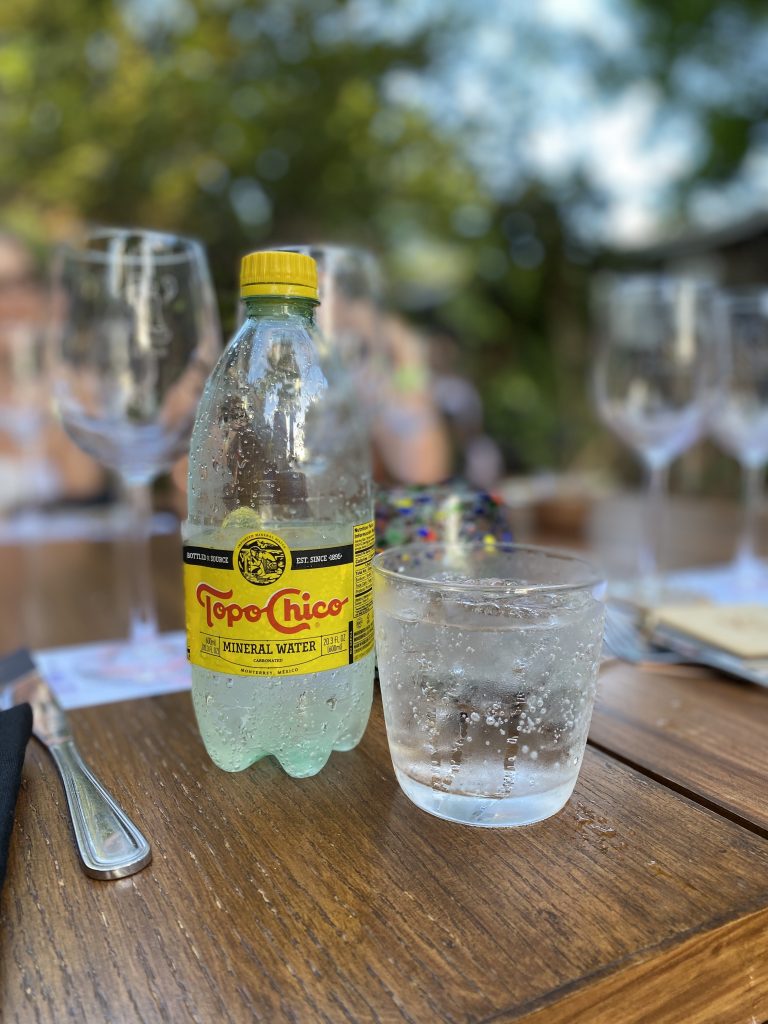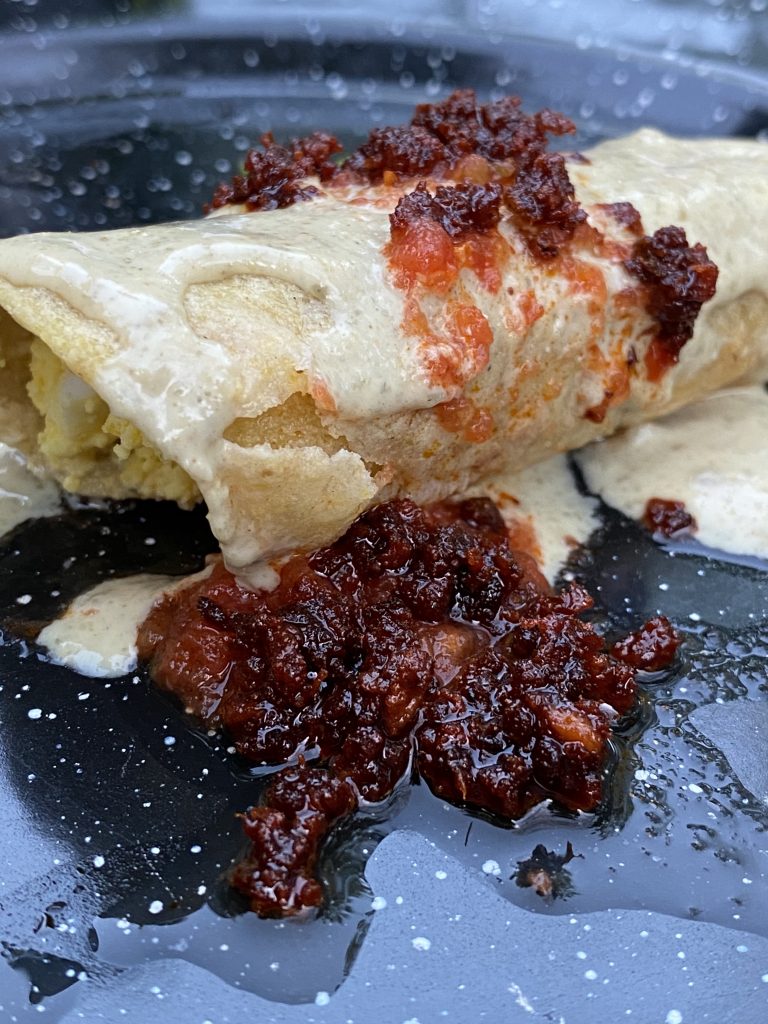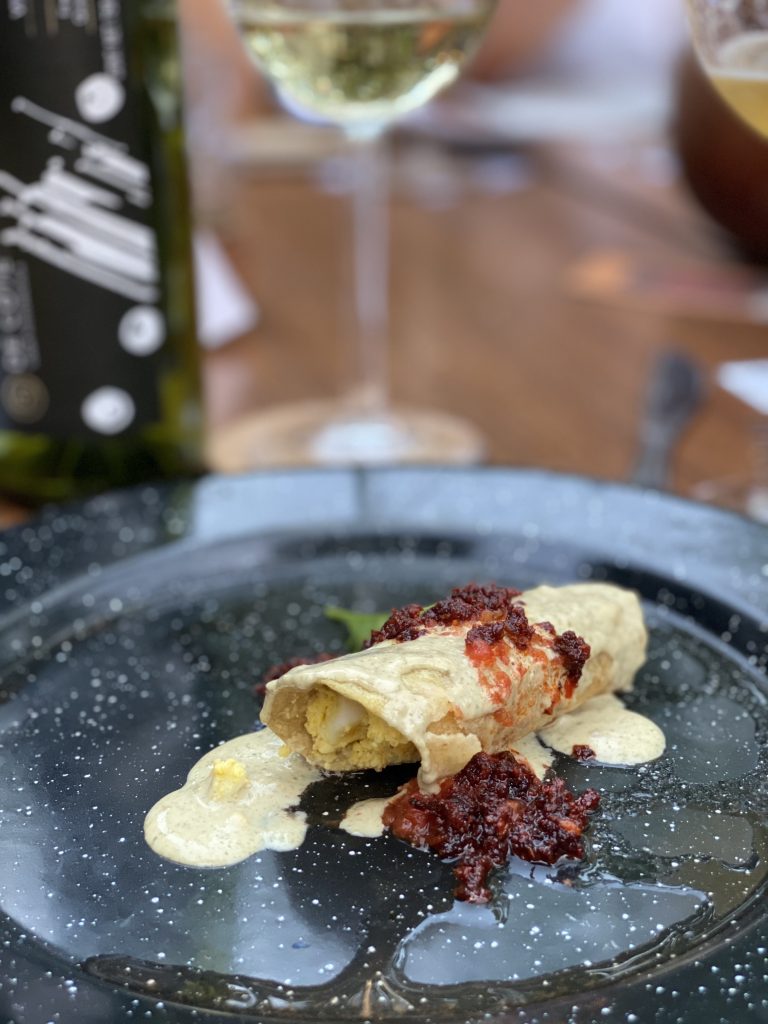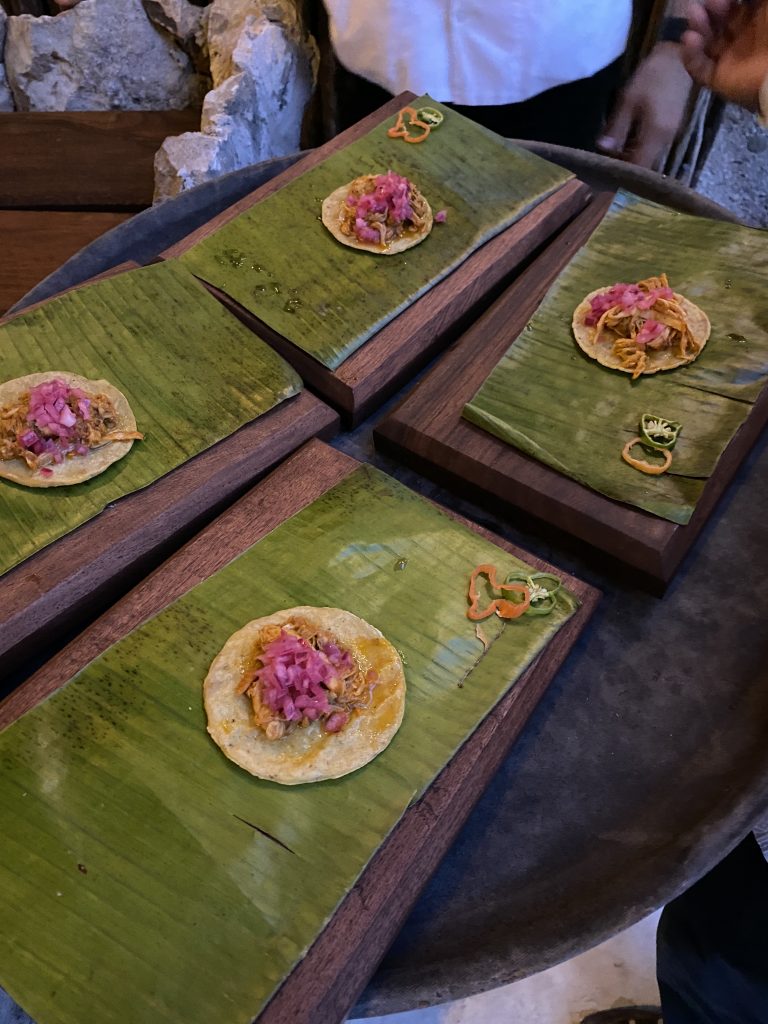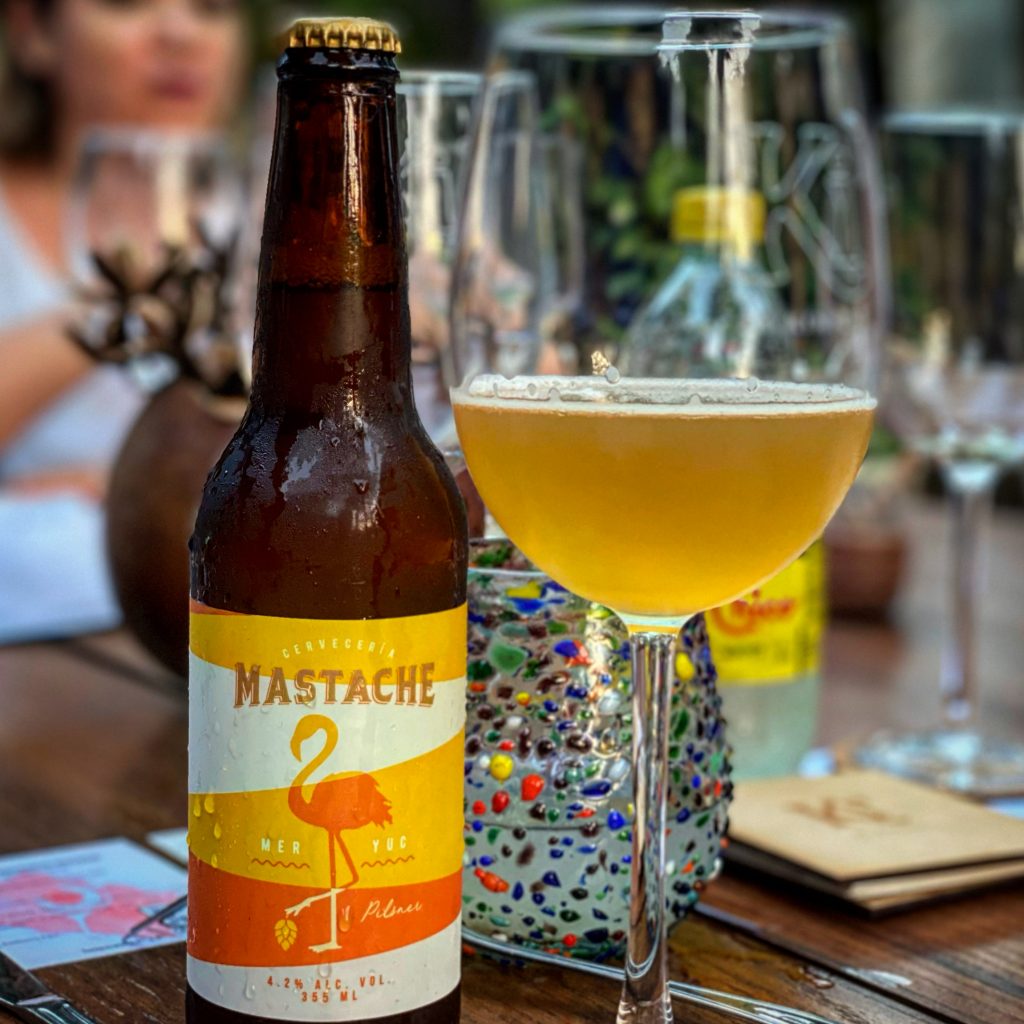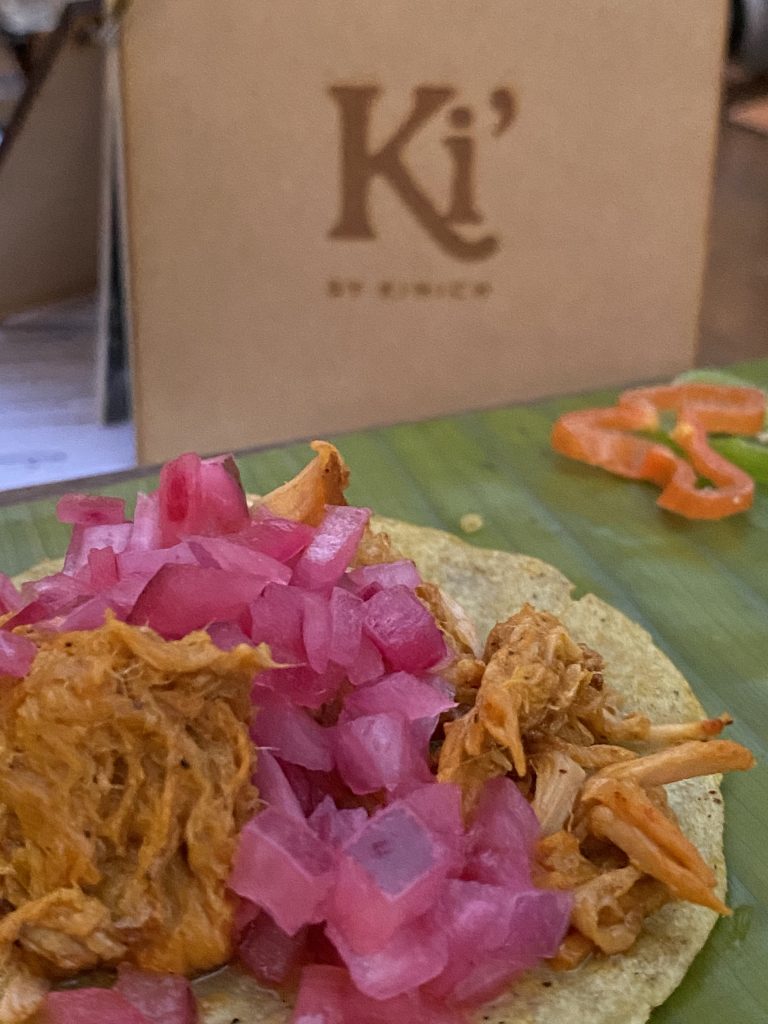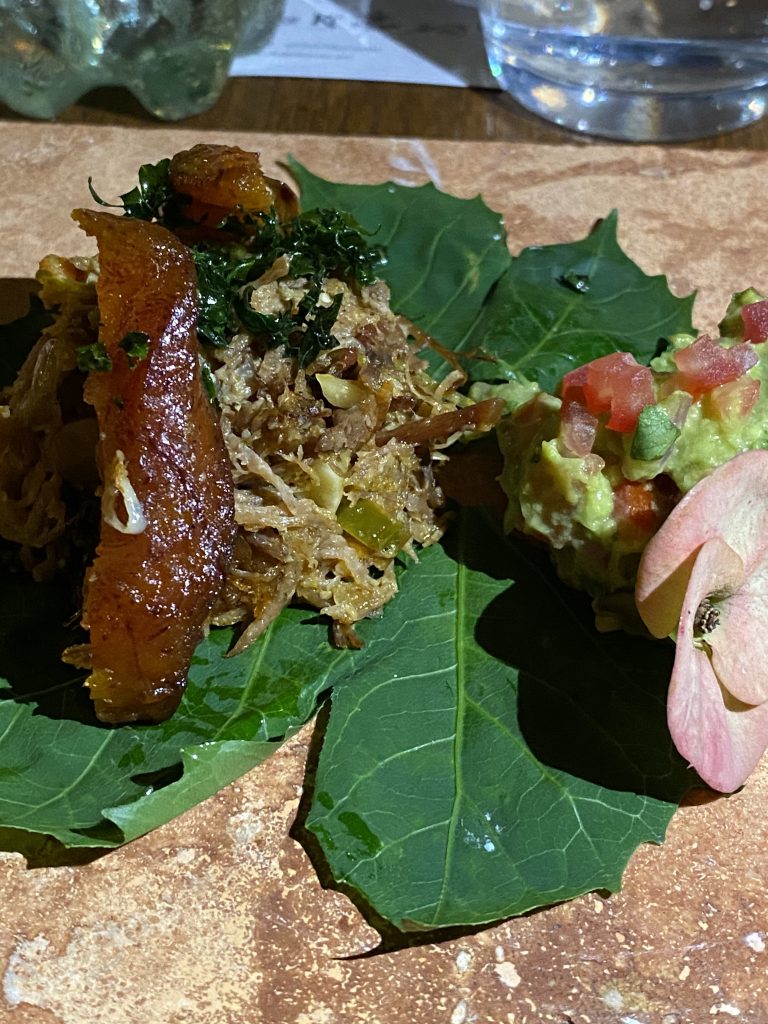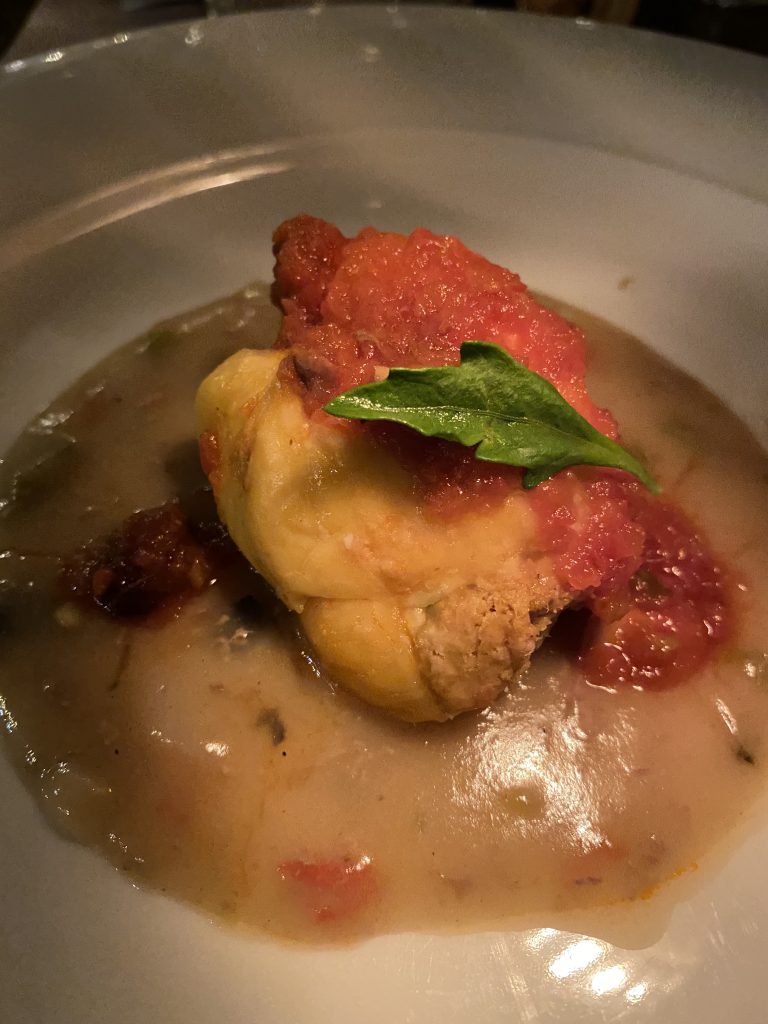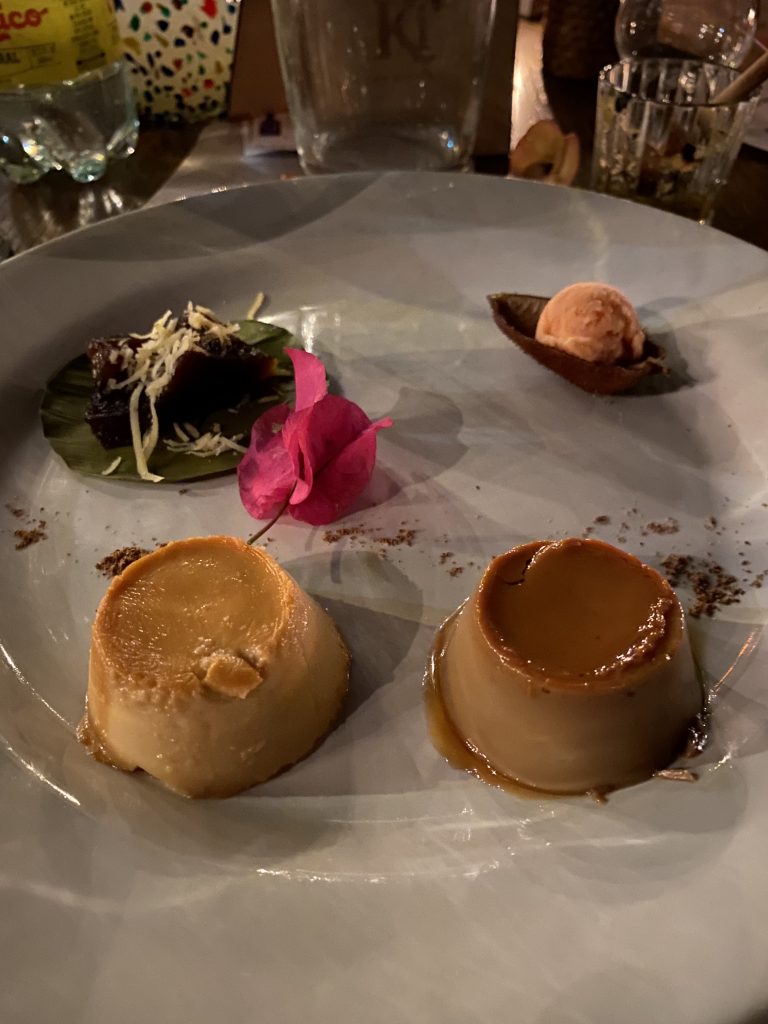I’m in line at my local Scotiabank, waiting and watching. At the cashier, a gringo is telling the cashier – in English – that there had been a mistake when he paid his fees for his wife’s residency permit (immigration) and that he needed to correct the name on the receipt as it didn’t match the name on the passport and therefore, the folks at immigration did not allow it .
The cashier listens patiently and informs the gringo in broken English that she would call a manager. The manager comes and explains – in English – that they are unable to change the receipt information,
The gringo nods.
“No es problema” he manages to say, and with a garbled “solo es dinero” and “es my fault, mi problema, ok ok ” reaches into his pocket to fork over another wad of bills to pay the immigration fee a second time, in order to get the receipt with his wife’s name spelled correctly and complete.
This exchange got me thinking about how a Mexican who shows up at a bank in the US or Canada would be received under similar circumstances, speaking no English, only Spanish.
I’m not talking about dealing with a latino bank employee – of which there are many in Texas and Florida – although those can often be the biggest assholes. No, I have in mind the sense of entitlement that enables one to walk into a bank in a foreign country and without speaking the language, simply expect people to help you or speak in your language to help you. Would a Mexican even attempt this? I doubt it. Never in a thousand years would the executive from Las Lomas de Chapultepec or the bracero from Oxcutzcab even consider just throwing out the Spanish and expect to be understood, let alone be served. Even the most entitled, rich and aloof white Mexican would speak English.
Español? The cashiers would just stare at him like he is completamente loco.
“I’m sorry sir we don’t speak Spanish” they would say to the Mexican, the ones with Ramirez or Rodriguez on their name tag adding a barely perceptible smirk to the statement.
Why doesn’t the cashier here say “Perdón señor, no hablamos inglés” to the gringo?
Is it the desire to serve? Are Mexicans so much more service-oriented than gringos? Is it an inherent (and erroneous) understanding of the gringos assumed superior social position?
Whatever the reason; if this intrigues you like it did me today and you’re a gringo or gringa, take a moment to observe your privilege and fully appreciate the friendly reception Mexicans provide for recently arrived norteamericanos as compared to the reception the mexicanos get up north.




